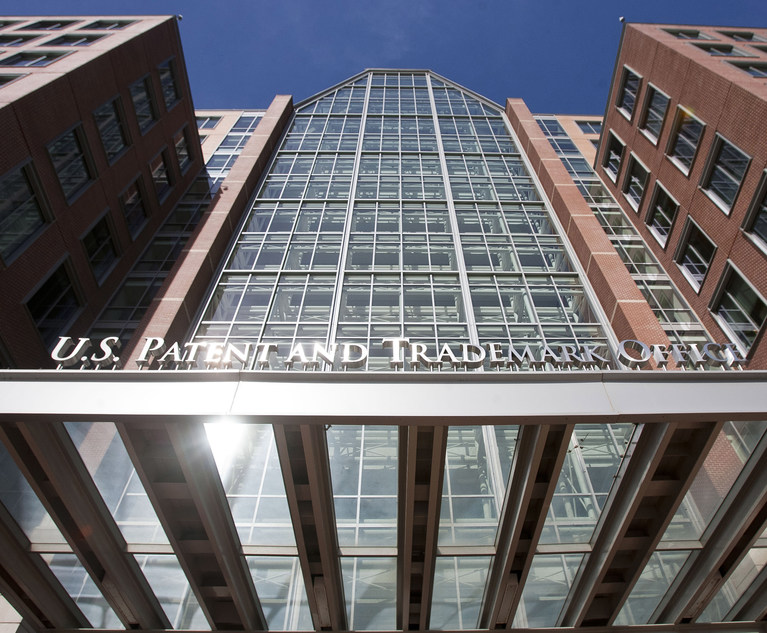Since 2012 members of the pubic have been able to petition the U.S. Patent and Trademark Office (USPTO) to re-review the validity of issued U.S. patents through inter partes review (IPR), a streamlined, trial-like proceeding before three administrative patent judges of the Patent Trial and Appeal Board (PTAB). Congress intended that IPRs provide a faster, less expensive, and more efficient procedure for challenging patents than litigation, and the vast majority of petitioners are also accused of infringement in parallel proceedings, typically in federal district court.
Last month, the U.S. Court of Appeals for the Federal Circuit issued two decisions that significantly impact the risk/reward calculus faced by would-be petitioners due to potential estoppel. Congress included two estoppel provisions (35 U.S.C. §315(e)(1) and (2)) to constrain petitioners from getting multiple bites at the invalidity apple, both of which apply if the PTAB reaches a final written decision on a petition, providing that a petitioner (or its privies and real parties in interest) cannot:
(1) … request or maintain a proceeding before the Office with respect to that claim on any ground that the petitioner raised or reasonably could have raised during that inter partes review.
(2) … assert either in a civil action arising in whole or in part under section 1338 of title 28 or in a proceeding before the International Trade Commission under section 337 of the Tariff Act of 1930 that the claim is invalid on any ground that the petitioner raised or reasonably could have raised during that inter partes review.


 U.S. Patent and Trademark Office building in Alexandria, VA. Photo: Diego M. Radzinschi/ALM
U.S. Patent and Trademark Office building in Alexandria, VA. Photo: Diego M. Radzinschi/ALM




